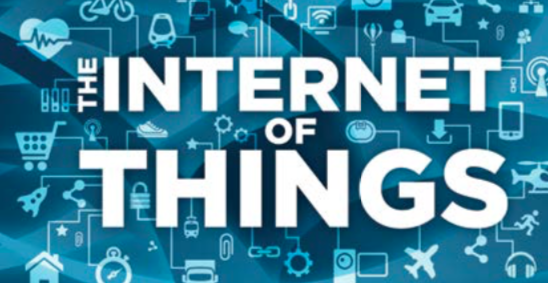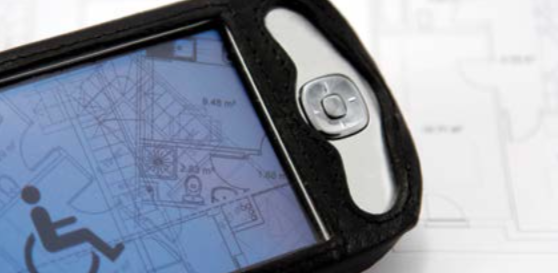Because of the vastness of application fields, the myriad of technologies used and the potential economic and social implications, our subject matter has not found a precise and circumstantial definition from the point of view of the categorization to which we are accustomed when classifying all that animates our world, our life. As the title of this article indicates, we will concentrate on the discussion of the evolutionary phenomenon of the network that anglophones call the "Internet of things" – translated into Italian in the most literal way "internet delle cose". The definition of the evolution of the network of networks, the Internet, is so generic that it is very difficult to define dividing lines and precise boundaries.
Let us take the description which can be found on the pages of Wikipedia, the free encyclopedia:

[Trad.] "The Internet of things is a possible evolution of the use of the Web: objects (the "things") become recognizable and acquire intelligence because they can communicate data about themselves and access aggregate information from others. Alarm clocks ring ahead of time in case of traffic, sneakers transmit times, speed and distance to compete in real time with people on the other side of the globe, medicine bottles warn family members if someone forgets to take their pills. All objects can take an active role by connecting to the network. By "thing" or "object" we mean more precisely categories such as: devices, appliances, sensors, systems, material, tangible products, works and goods, machines and equipment.
The goal of the Internet of things is to make the electronic world draw a map of the real world, giving an electronic identity to the things and places of the physical environment. Objects and places with radio-frequency identification (RFID) labels or QR codes communicate information on the network or on mobile devices such as mobile phones. As was mentioned above, the interconnection of "intelligent" objects and electronic systems, capable of acquiring and transmitting data according to the functionalities for which these objects have been conceived and programmed, can offer the possibility of creating an infinite number of evolved services that can undoubtedly contribute to improving our quality of life, as well as the world we live in. The interoperability of electronic objects that can "talk" to each other through specific communication protocols will give rise to the development of rich and complex data platforms from a technological point of view. At the same time, it will allow the development of very efficient and effective operational tools in the control and automation of our everyday life. There are many examples of this. Here is one, for reasons of brevity. Think of the many wearable objects that nowadays populate the market for electronic gadgets: fitness wristbands, smart watches equipped with sensors for the detection of vital signs, electronic weighing scales for people and food with sensors that compile and transfer data on the network, or Bluetooth receivers like our smartphones, even the less expensive ones.

The interconnection of these objects allows the creation of databases which, for example, can be used by health professionals to perform continuous and real-time monitoring of patients, the elderly, people suffering from chronic diseases of a certain severity and of a certain complexity. Continuous monitoring allows the same health professionals to perform detailed analyses, early diagnosis, history of patients that are more and more precise in order to develop treatments and interventions increasingly targeted, less random and at the same time less invasive. The field of action of this evolution embraces different areas, as mentioned above: from industrial applications (production processes), logistics and infomobility, as well as energy efficiency, remote assistance and environmental protection. The Internet of things tends to evolve in a parallel and reciprocal way to the semantic Web. In light of the accessibility and usability of the new electronic devices already discussed in earlier editions, we believe that the most disadvantaged categories of people can benefit greatly from the use of this technological evolution. Therefore, even for blind and partially sighted people, this evolution will bring clear benefits not only in the performance of those actions linked to personal autonomy, but also and above all in the search for new job opportunities and in the enhancement of the professions already exercised by this group of people.




.png)